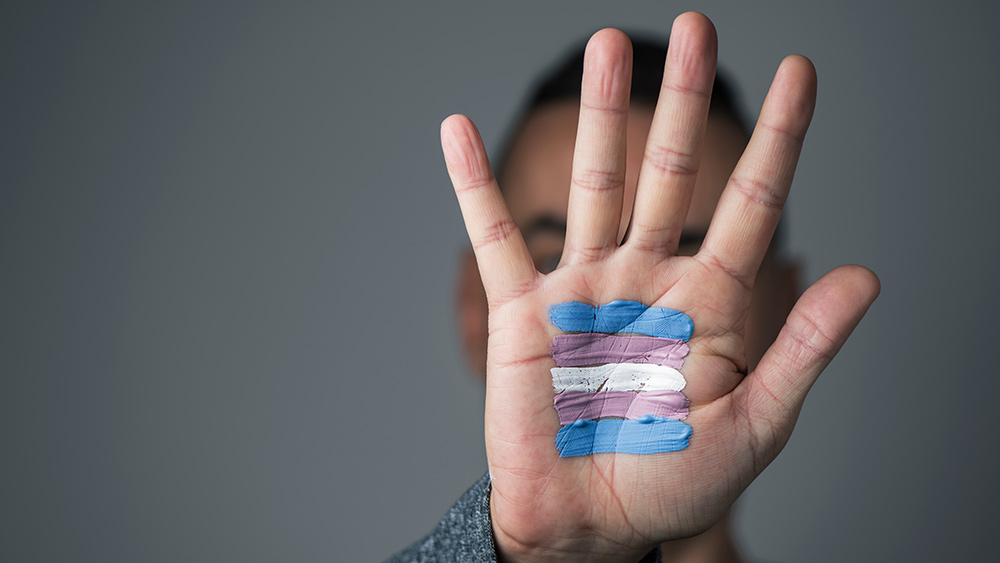
Data from the study, which will be published ahead of print in Annals of the American Thoracic Society, are believed to be the first in the country to quantify how opioid abuse affects acute care services. Dr. Stevens and her team say that given the current trend, critical care services may not be able to meet the growing demand in the near future.
Over the course of seven years, the team analyzed more than 23 million hospital admissions of adult patients in around 162 hospitals across 44 states. Of the four million patients who required acute care, 21,705 patients were admitted due to an opioid overdose. Cross-analyzing the data even further, the researchers found that opioid-related ICU admissions increased by approximately half a percent each year. Researchers also noted that apart from the growth in number, patients who were admitted to the ICU required increasingly intensive care, which included more treatments of dialysis or other forms of high-cost renal replacement therapy. Moreover, the mortality rates of these patients also rose every year.
These findings have a worrying ramification in the medical industry. While more people are becoming addicted to opioids, hospitals and other health facilities appear to be unable to expand their prevention and treatment plans to treat this epidemic.
The authors also placed a disclaimer that their methodology limits the true scope of the health crisis. Their data came from mostly academic medical centers and were not reflective of opioid addiction in other settings. As such, it is reasonable to assume that overdose admissions in acute care may actually be higher. This study also did not take into account ICU admissions caused by complications related to drug use.
“The pace of the opioid epidemic continues to increase,” warned Dr. Stevens. “Those of us who work in hospital intensive care units need to make sure we have the tools we need to help patients with opioid use disorders when they are at their sickest, because there doesn’t appear to be any end to this epidemic in sight.” (Related: The United States has crossed the pandemic threshold in the opioid epidemic...and Big Pharma keeps cashing in.)
Opioid addiction in America
Heroin remains the number one opioid that is abused in our country. However, health professionals are noting that pain medications are quickly becoming a contender. Statistics show that three out of four people who abuse prescription drugs obtain them from a friend or family member. More troubling, 80 percent of prescription painkillers are given by 20 percent of prescribers, according to Addictions.com.
There is also evidence that suggests that many medical doctors over-prescribe their patients, or hand out prescriptions without first determining if the patient truly needed it. This works both ways as well. Previous data shows that more than 12 million Americans reported using prescription pain medication for non-medical purposes in 2010. This may be a contributing factor as to why the number of overdose deaths from pain medications has increased by more than 300 percent since 1999.
Follow more news on the opioid epidemic at Opioids.news.
Sources include:
Please contact us for more information.























